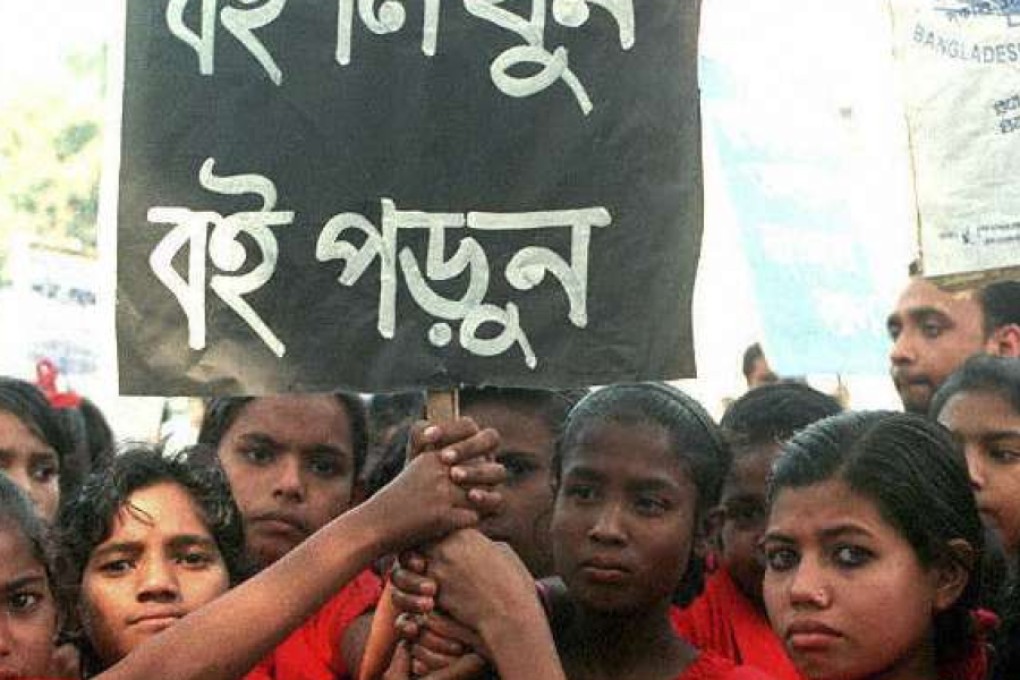Language Matters | How intolerance lashes the world’s mother tongues
Ahead of International Mother Language Day, on February 21, we take a look at the role of our native tongues and why up to 90 per cent of more than 6,000 spoken languages are at risk of extinction

What is your mother tongue? At face value, the answer appears straightforward. A Hongkonger born into a Cantonese family may easily identify Cantonese as their mother tongue.

Many minority-language communities shift from their heritage or community language – say, Chiuchow – to the dominant language of the territory – here, Cantonese – or a language of wider communication, such as English. Extreme shifts may result in language endangerment – the Manchu language, for example, has few surviving speakers in China; most Manchus now speak Putonghua. With language loss comes the loss of intangible cultural heritage, including rituals, oral traditions, performing arts and traditional ecological knowledge.
In response to growing awareness of the rapid loss of languages – it’s predicted between 50 and 90 per cent of the more than 6,000 languages spoken globally at present will become extinct within 50 to 100 years – Unesco, in 1999, proclaimed February 21 International Mother Language Day. The date represents the day in 1952 when several university students in Dhaka, demonstrating for recognition of Bangla as one of the two national languages of what was then East Pakistan, were shot dead by police.

